It’s been in the making for some time now, but will the Double Bubble D8 become the short/medium-haul airliner of the future?
NASA is working on quite diverse types of projects. Exploring space and flying cool helicopters on other planets, is just one category. Exploring innovations to drive leaps in progress and efficiency in commercial aviation, is another. Within this category, supersonic projects tend to monopolize the attention of many – and we don’t blame them.
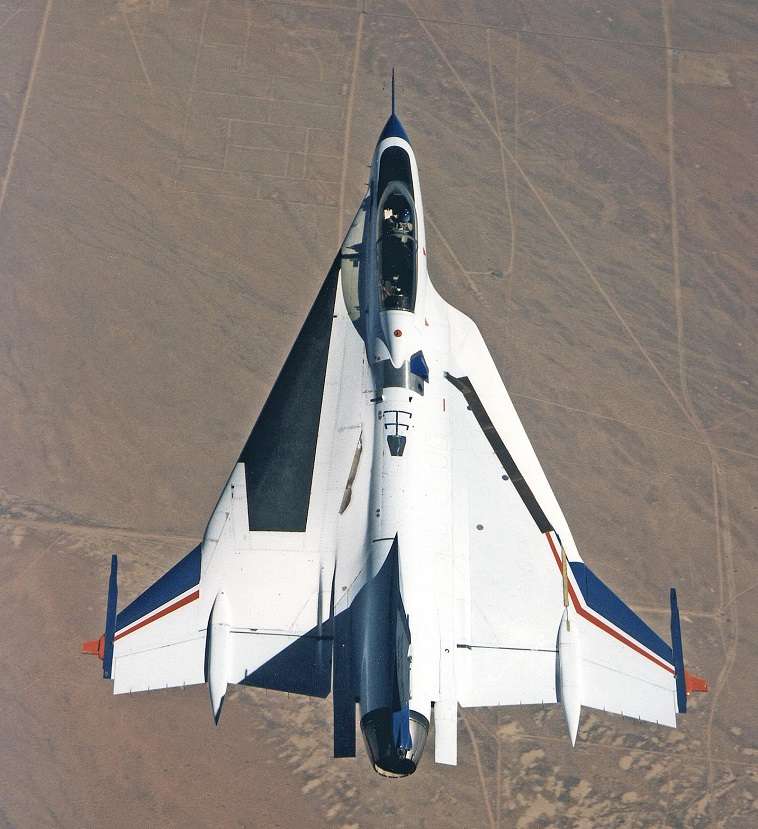
But projects involving subsonic ideas are probably closer to something you and I could eventually fly in. We briefly mentioned the Double Bubble D8 some time ago, but at the time we focused on blended-wing body designs. Now it’s time to look at this it a bit closer. Because as futuristic as it might look, there’s really nothing in it that we can’t do today. Well – almost.
As we’ve seen previously, just about all airliners today follow the same pattern. One cylindrical tube with people and luggage, two wings, and two or three or four engines, under the wings or somewhere behind them. Then a tail laid out in such a way as to stay clear of the wake of the engines. Add landing gear, and as many doors as necessary, depending on the numbers of people. Lather, rinse, repeat.
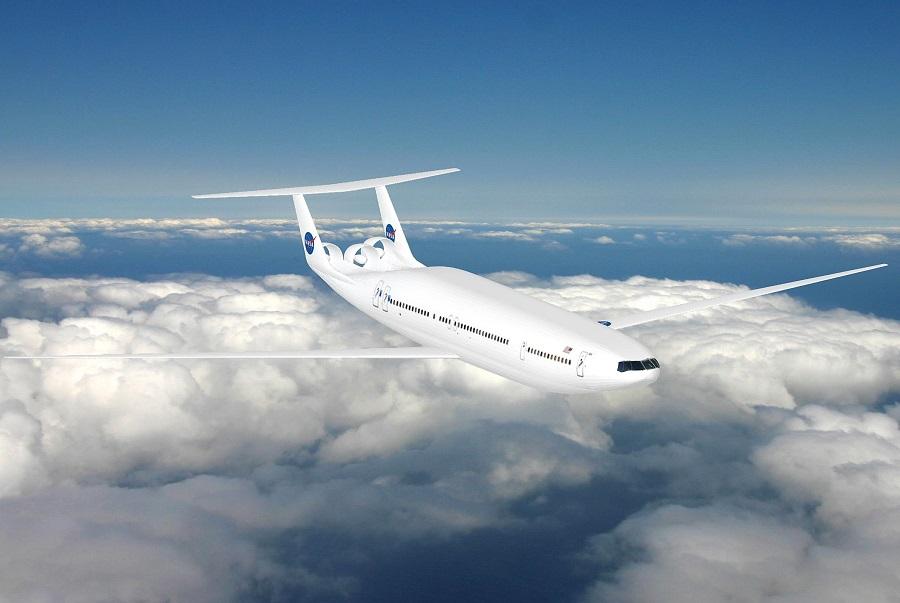
OK it’s not really that simple. And of course the reason some designs end up looking so similar to each other, is because they’re rather good! That seems to be the case with airliners. And while the Double Bubble D8 steps away from this design, it doesn’t move too far away from it. Really, instead of one tube with people in it, it’s two tubes. Side-by-side.
Who’s Working On The Double Bubble D8
The Double Bubble D8 is a joint research project between NASA and Aurora Flight Sciences. It also includes participating teams from MIT and Pratt & Whitney. Aurora Flight Sciences is a subsidiary of Boeing, focusing on research. They also build components for UAVs, including Northrop-Grumman’s Global Hawk. The company have been working on the D8 for over a decade, however Boeing only acquired them in 2017.
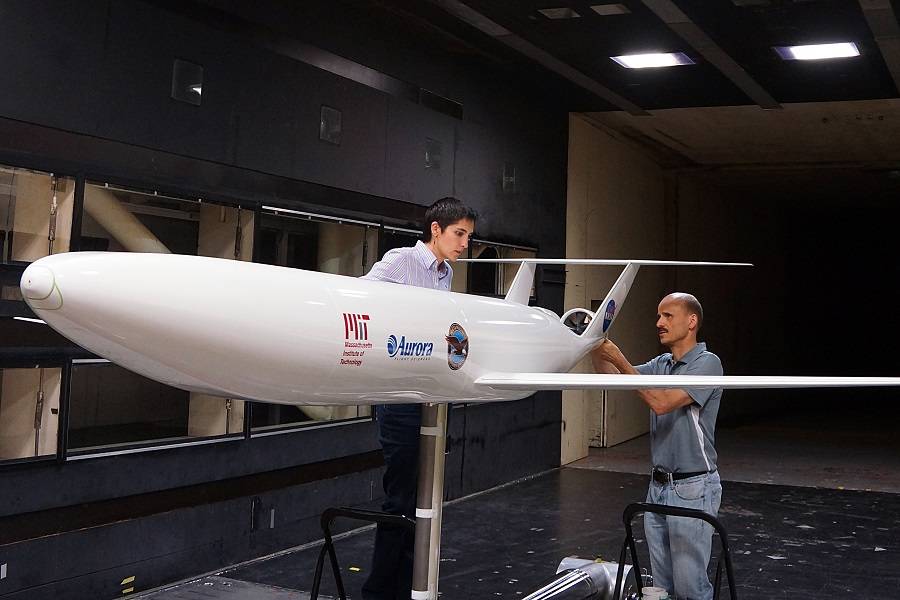
Unlike designs like the Airbus A380, that stack two decks, the Double Bubble D8 places them next to each other. And that way, the fuselage can generate lift! The good thing about tubular designs is that they hold pressurization very well – and with predictable limits and other parameters. That’s one reason why we like them, and why progress on other designs (like blended-wing bodies) is so slow!
It terms of size, the Double Bubble D8 is meant to replace aircraft like the Boeing 737-800. The two fuselages of the aircraft add up to 180 seats. Since it’s so wide, the aircraft is shorter in length than a 737, however its wings add up to about the same span. This is a very efficient, very high aspect ratio wing. Not only that, this wing doesn’t need to produce as much lift as current wings. Again, that’s thanks to those side-by-side fuselages.
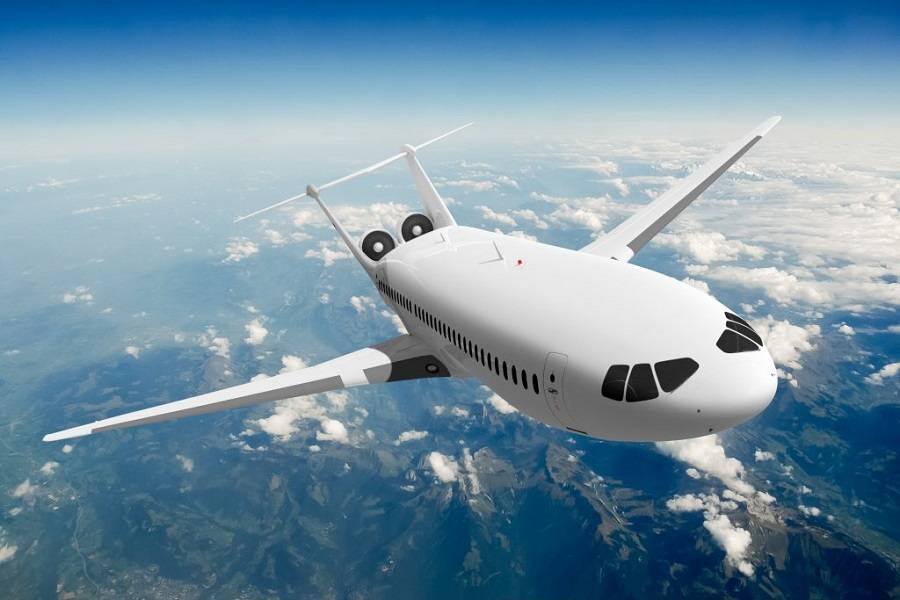
The width of the Double Bubble D8’s fuselage means that it creates a fair amount of lift. This increases efficiency even further. Even better, the engines in the rear will be capable of Boundary Layer Ingestion (BLI). This means that the intakes of the engines will ingest turbulent, slower air that drags along the fuselage’s length. And this makes the design workable with less powerful engines, bringing even higher gains in efficiency!
BLI Pros And Cons
Accelerating this turbulent air through the engines, producing thrust, will effectively negate some of the friction drag of the fuselage. Large-scale wind tunnel testing shows that this feature alone can increase the Double Bubble D8’s efficiency between 8.4-10.4%! However, there is quite a big catch here. There’s a reason why until now aircraft and engine designers have avoided Boundary Layer Ingestion.
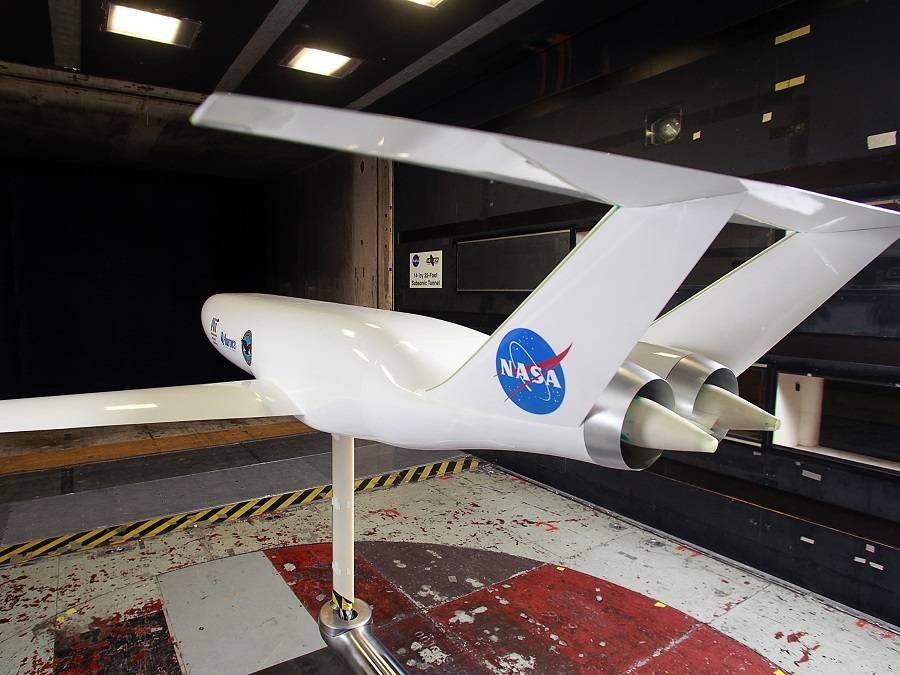
‘Ingesting’ this layer of air means that the fan of the turbine will undergo asymmetric loads. Also, to take full advantage of the drag reduction effect from BLI, the Double Bubble D8’s engines need large fans. Ideally this means a bypass ratio in the 20:1 region. So the engine’s fan needs to tolerate air flow distortion, AND be very big! Pratt & Whitney is working on an engine with these features.
There’s also another worry, when it comes to the engines, that we also saw with blended-wing body designs. Since the engines will ingest air flowing over the top of the Double Bubble D8’s fuselage, the state of that fuselage matters! So any dirt or ice on it, could end up going into the engines. Ice detaching from the fuselage of planes with tail-mounted engines (e.g. MD-80) has been a factor in the past.
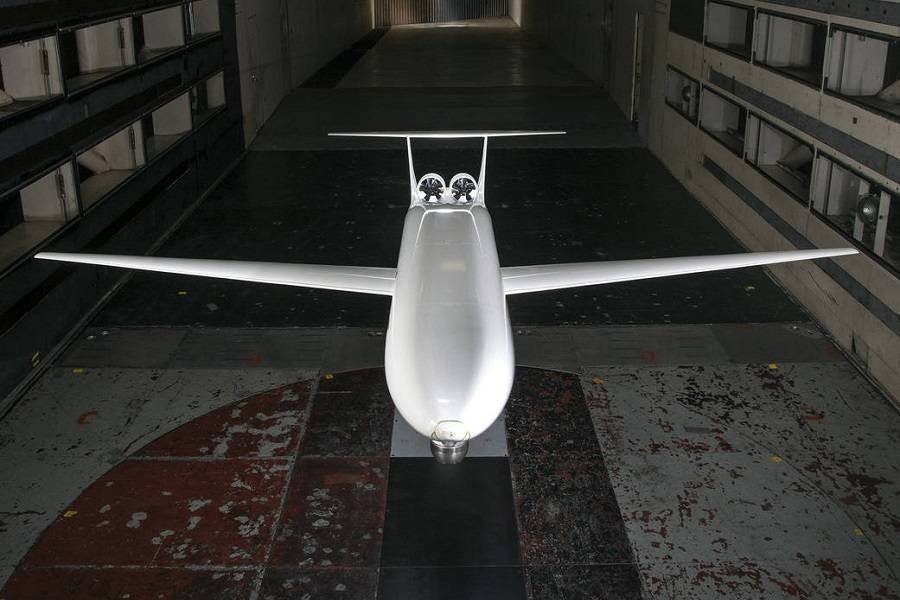
Despite these challenges, the Double Bubble D8 has many attractive characteristics. It could fit current airport infrastructure more easily than some bended-wing body proposals. The top rear-mounted engines would be much quieter, too. The fuselage still has plenty of length along the sides, for multiple exits – another limitation of blended-wing bodies. It’s also incredibly efficient. Originally, NASA and Aurora Flight Sciences optimized the design for a cruise speed of Mach 0.74.
Speeding Up The Double Bubble D8
This speed would make it slower than current short/medium-haul 737s and A320s. But at this speed, the design would offer efficiency gains, of 70%! Subsequently, the team changed the D8’s design, giving it a speed of around Mach 0.82. This makes it a bit faster than a 737-800.
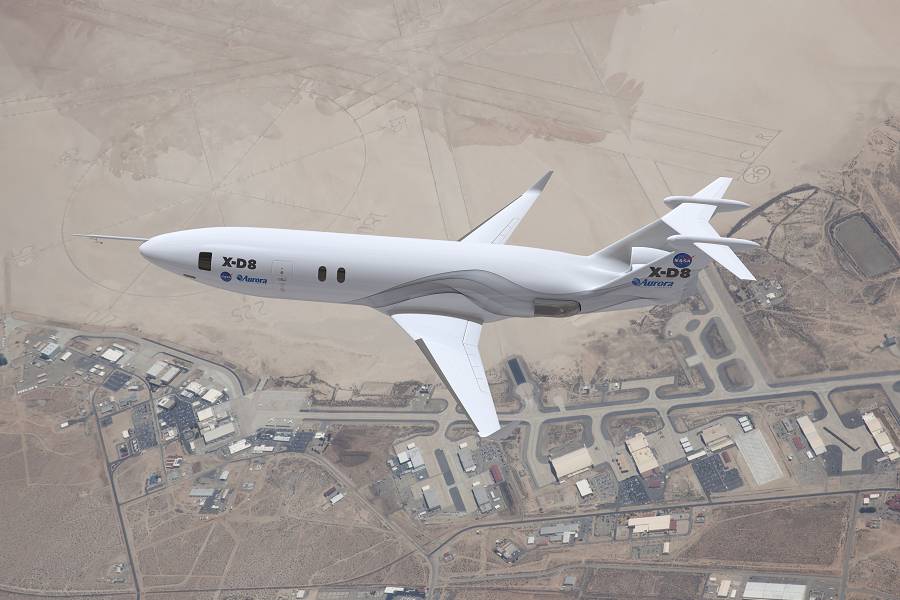
At this higher speed, the Double Bubble D8 still works out to a 49% better fuel efficiency than a 737-800. So it also beats the MAX-8, which is “only” 14-15% more efficient than the 737-800! The range of the plane is about 3,000 nautical miles, i.e. nearly the same as that of the 737-800. The MAX-8 can go another 500 miles or so further.
In 2017, NASA and Aurora Flight Sciences were hoping to see a scaled prototype in the air by 2021. Even before the pandemic, the project had gone a bit quiet, perhaps in part because of Boeing’s absorption of Aurora. However, NASA is still mentioning the project occasionally.
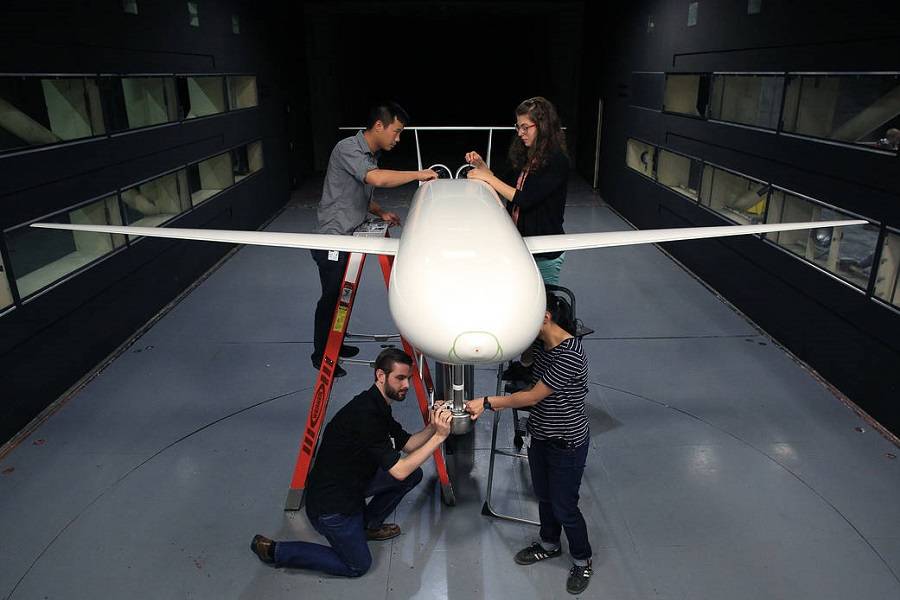
Today, we know that efficiency is more important than ever. And that Boeing is looking for a unique new competitive edge over Airbus. So, we can only dream of what their interpretation of the Double Bubble D8 might look like. Boeing have eschewed hydrogen propulsion for the forseeable future. But a design that burns just over half the fuel of a 737-800? Carrying the same number of passengers? That would surely get a lot of attention!




5 comments
Iskender Kutlucinar
I’ll never know better than these engineers but this double bubble picture for the design shows engines are partially hidden behind the cabin. Wouldn’t this design have problems with stalling the engines during landing and takeoff’s?
Best regards,
Thank you MenTour.
Isken.
Jon Green
Thank for your considered response, Spyros. 🙂
Andre T
There are a couple other cons. One, location of engines will make maintenance more difficult and costly with longer delays for line replaceable parts. Second is a critical one safety. The engines are close together and one has a blade out, it could take out the second engine. Fan Blade outs are supposed to be contained but rotor ruptures are nearly impossible to contain and these ruptures have happened. Hence it may be really hard to certify side by side twin engine configuration.
Jon Green
A very interesting article…but a word from another experienced writer to Spyros: please stop putting exclamation marks in just about every paragraph. It reads (particularly with every other sentence in bold) like an essay written by an over-excited sixth-grader. Have a careful read of other aviation journalism. You probably won’t see more than one or two exclamation marks – at most – in the whole article. Emboldening alternate sentences doesn’t happen either.
I appreciate your articles, as do many others, but please let’s be _calmer_ about them.
Spyros
Hello Jon,
Thanks for the feedback. I am much more ripe than a 6th grader, unfortunately. However I am trying (not always successfully) to adapt my writing to our readership, which according to the statistics we get, is fairly young. Article reading times reflect this, too. So a lot of what you see (including bold lettering, and exclamations — particularly in the title) have to do with that. There is much more to this, including writing style for non-native English readers and search-engine optimization. But looking back through this article, I think you have a point. I wrote this in sections and it looks like those exclamation marks got away from me, a wee bit… but this doesn’t explain the amount of bold lettering!
Again thanks for the feedback, I will keep it in mind.